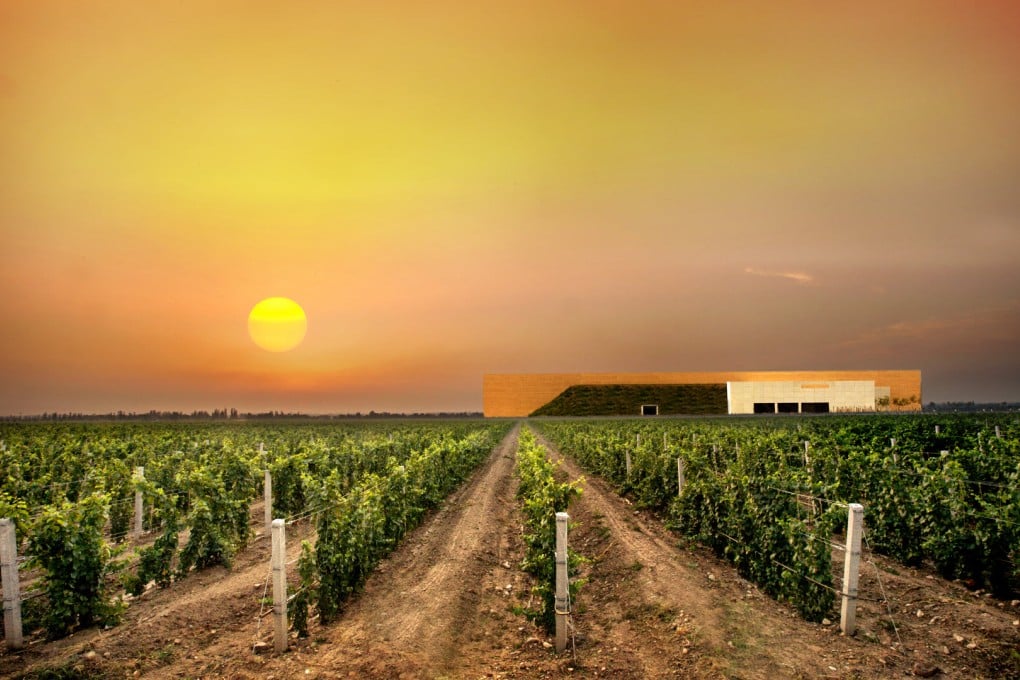Legacy Peak helps lead the charge of Chinese wineries
Sarah Wong tastes three vintages from an up-and-coming Ningxia wine producer


Not only is China an economic superpower, it has also emerged as a superpower in grape production. In global rankings, China is the fifth largest wine producer in the world. Ningxia, traditionally one of the country’s poorest areas, is repositioning itself as the Bordeaux of China. With the main trade route to Central Asia passing through it, the semi-autonomous region located in the northeast has been a cultural melting pot throughout history. Ningxia has a desert terrain, is sparsely populated and better known for its sheep, goji berries and dates.
In the late 1990s, the Chinese government planned a huge initiative to transform this area into a premier wine-growing region: it gets 3,000 hours of sunshine a year, meaning that grapes here will reach optimum maturity. On the downside, Ningxia has brutal winters, with temperatures falling below minus 20 degrees Celsius. Vines have to be buried under the soil by hand to survive the cold, and this labour-intensive process increases production cost.
Li Demei, associate professor of wine tasting and oenology at Beijing Agricultural College, says the cost of producing wine is higher in Ningxia than in Europe.
Another drawback is the lack of water. Ningxia is an arid region with 200mm of rainfall a year. The Yellow River is the chief water source and irrigation is critical for production.
